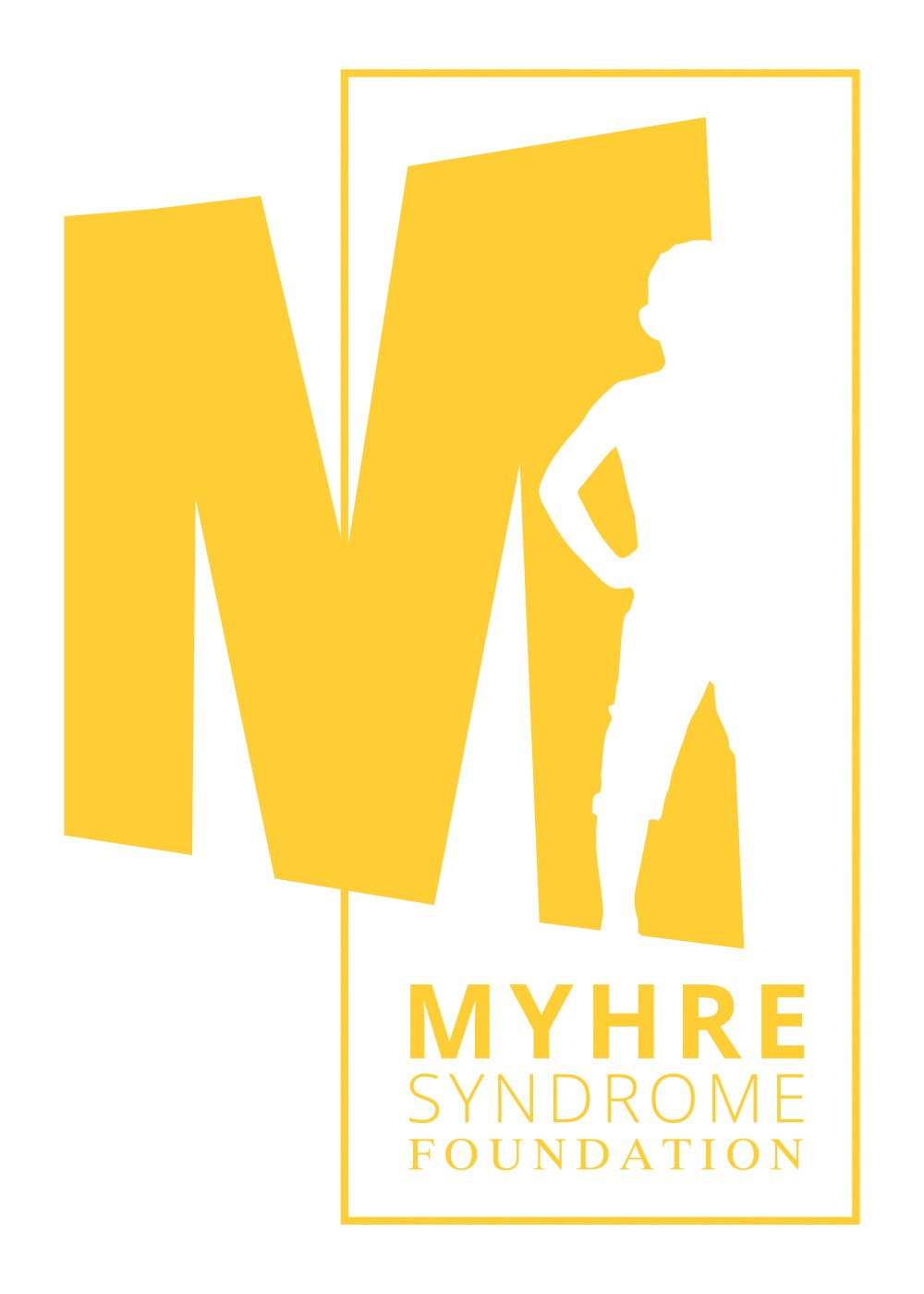Over the last few months, we’ve outlined our plans to accelerate treatment discovery and the potential pathway to a cure for Myhre syndrome. We have identified priority research tools that we need to create, including:
Collecting samples to create cell models and test cells in a lab to study Myhre syndrome's biological processes and test potential treatments.
Developing the Myhre animal models, which mimic the syndrome in animals and help researchers understand the disease and test new therapies.
Creating a biorepository to store biofluids and tissues for research.
Creating biomarkers - measurable indicators that provide insights into Myhre syndrome's progression and response to treatment.
Supporting the collection of clinical data on Myhre to support Natural History Study publications.
The technique we are interested in is called Prime editing. Prime editing can potentially correct the genetic mutations associated with Myhre syndrome by making the edits at precise locations. Myhre's specific location is the SMAD4 gene at positions 496 or 500.
This technology is still evolving, but there have been some significant breakthroughs in treating rare diseases like sickle cell disease. We have invited researchers to apply for our RFP on gene and cell therapy as one of several routes we are investigating as part of our research roadmap. Other areas of research that we would like to investigate are small molecules. Researching small molecule therapies for rare diseases involves finding specific targets in the body related to the disease. Scientists then create or find small compounds (compounds refer to chemical substances that can potentially become drugs or medications) that can interact with these targets.

